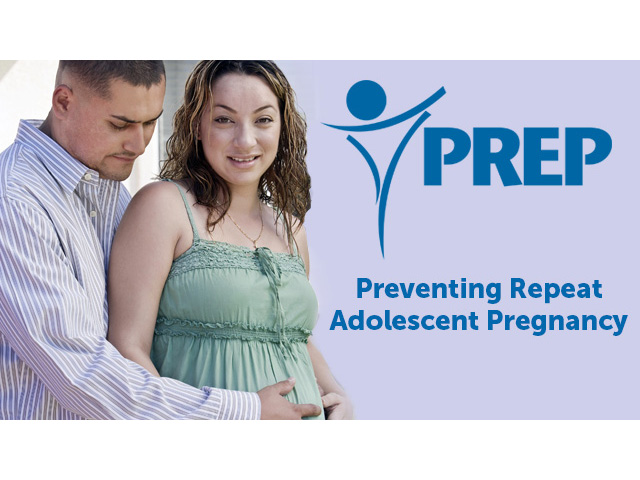High rates of teen pregnancy and risky sexual behaviors are an important policy concern in the United States. The Personal Responsibility Education Program (PREP) provides federal funding to educate youth on abstinence and contraception. Most of this funding goes to states, which in turn fund local programs.
Three new issue briefs from Mathematica Policy Research document lessons learned from implementing PREP-funded programs. In the first brief, Mathematica researchers examine a rural Kentucky program to prevent adolescent pregnancy; in the second, we report on an Iowa program to promote male responsibility and lower the risk of early fatherhood; and in the third, we highlight the role states can play by supporting successful implementation of local programs. The briefs are part of a multi-component evaluation of PREP led by Mathematica Policy Research for the Administration for Children and Families at the U.S. Department of Health and Human Services.
"Implementing a Teen Pregnancy Prevention Program in Rural Kentucky" describes the implementation of an adapted version of the Reducing the Risk curriculum in a relatively low-income, mostly rural region in central/southwestern Kentucky. Findings include:
- The region served had teen pregnancy rates nearly twice the national average and a median income 20 percent below that of the nation as a whole.
- Health educators adapted the curriculum to fit local circumstances and the time available for program delivery.
- Students were receptive to the material, especially its interactive elements.
- Overall, results suggest that delivering an abstinence and contraceptive education curriculum in rural high schools is feasible and can fill a pressing need.
"Wise Guys: Implementing a Boys-Only Teen Pregnancy Prevention Program in Davenport, Iowa” examines the implementation of a program designed specifically to lower the incidence of risky sexual behavior and early fatherhood among teenage boys. Findings include:
- The voluntary 14-session program was delivered to 7th grade boys during the regular school day.
- Programming was delivered by two facilitators, one male and one female.
- The boys who enrolled said they liked participating in Wise Guys, and their interest was corroborated by the facilitators, school staff, and evaluation site visitors.
- Facilitators noted the limited time allotted for programming was sometimes a challenge; participants also said they would like to meet more often and for longer periods of time.
- Program staff believed that having a male facilitator who could serve as a role model to the participating boys was crucial for the program’s success.
A final brief, "Supporting Statewide Implementation of Evidence-Based Teen Pregnancy Prevention Programs,” documents the infrastructure that four states—California, Maine, Pennsylvania, and South Carolina—developed to support implementation of their PREP-funded programming. The PREP-funded programs in these four states differed from each other substantially; even so, the states developed similar approaches to supporting implementation of evidence-based programs with fidelity. Each of the four states:
- Worked with providers before and during program launch to fit plans to the local context
- Developed a pool of qualified trainers to provide instruction and ongoing technical assistance to the facilitators
- Used data to monitor service delivery and inform continuous quality improvement
- Established communication protocols to facilitate data gathering, data sharing, and identification of lessons learned for continuous quality improvement

